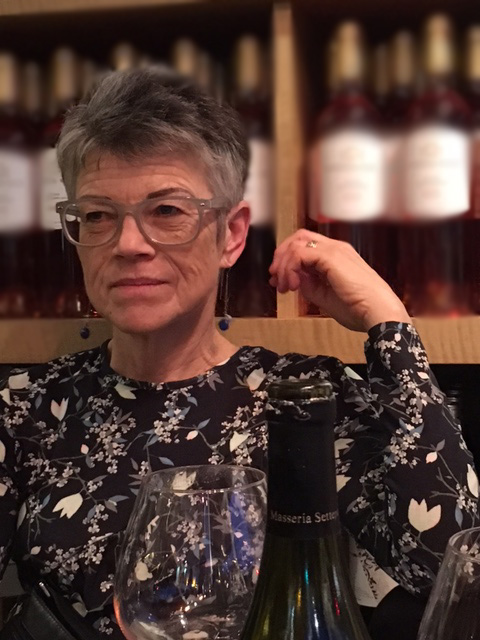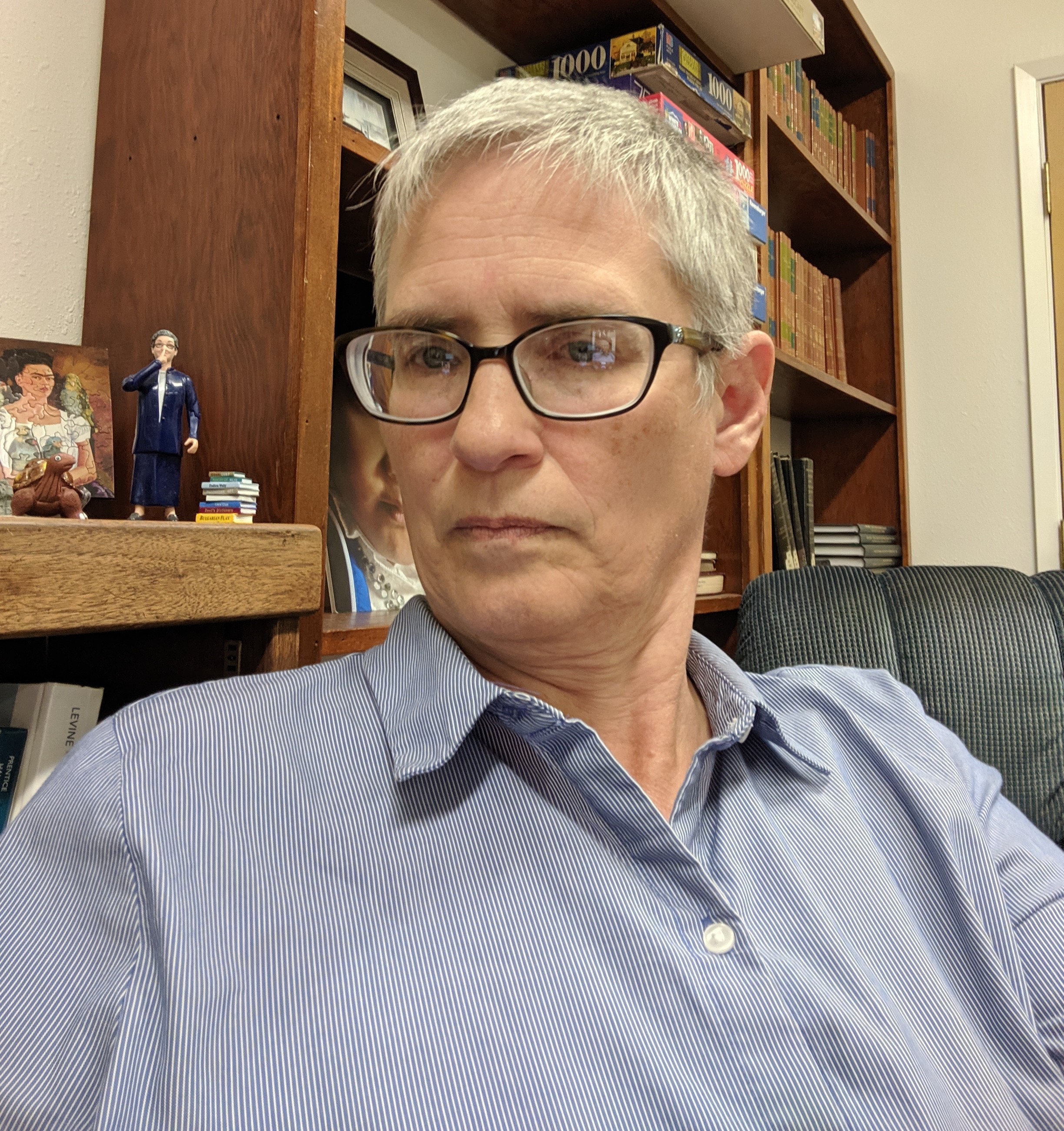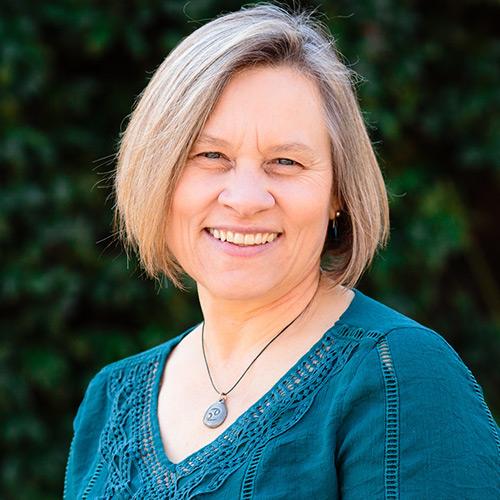Place and Displacement: Papers from the Mennonite/s Writing VIII conference
In this issue we are pleased to offer a selection of papers from Mennonite/s Writing VIII: Narratives of Place and Displacement, a conference held in cooperation with the Chair of Mennonite studies, Royden Loewen, at the University of Winnipeg in October 2017. The conference provocatively juxtaposed historical and personal narrative--the documentary and the subjective--as it relates to Mennonite memory. David Elias and Connie Braun's essays explore sites of memory and story in the images of the barn and the table. Mary Ann Loewen's essay demonstrates the narratives revealed when daughters write about their fathers. Essays by Hope Nisley and Fran Martens Friesen complicate and enrich the concept of family as it emerges through adoption. Kyle Gerber's reflections on the conference help to frame the possibilities for conversation within the wide next cast by this conference. We offer this issue as a companion to the Journal of Mennonite Studies Summer 2018 volume, which features another selection of essays from the conference.
In this issue:
-
0
read more

By Way Of The Barn
by David Elias"Through the ample open door of the peaceful country barn,
A sun-lit pasture field, with cattle and horses feeding;
And haze, and vista, and the far horizon fading away."
Walt Whitman
Read almost any Mennonite author and sooner or later you will come across a reference to some variation of "the barn" in their work. And we've already had references to barns in some of the presentations at the conference here. The place has a habit of popping up in their poetry and novels, short stories and essays, perhaps only mentioned in passing but just as easily chosen as the … -
0
read more

Oral History
by Connie T. BraunMy memory has captured an image of her; apron clad, in the kitchen, the table-top dusted with flour, her thick hands in dough and, as the table creaked under the weight of her efforts, my plump grandmother vigorously pummeling it so that it would rise again, divine. Yet, as potent as an image is, and more than I might realize, memory is of the tongue.
In my grandmother's kitchen, the food of my childhood was not only delicious to the taste buds, but the foreign names, like zwieback[1], the glide of vowels, diphthongs of dialect, and jumble of …
-
0
read more

Daughters Speak: What the Father Offers
by Mary Ann LoewenI remember years ago accusing my husband of being easy on our two daughters and hard on our son; I also remember my daughters accusing me of favouring my son over them – in fact, their secret name for him was 'Baby Prince.' And one of my daughters admits that she is kind of a 'daddy's girl.' Two years ago Sons and Mothers was published – a collection of stories that I edited, written by Mennonite men about their mothers. A corollary to that, Mennonite women writing about their fathers, is currently in the hands of the publisher. Working on …
-
0
read more

Family, Nonviolence, and Social Class in Adoption: One Family's Story
by Hope Nisly"You're going to have to face it, Mom," my daughter taunted me. "Me and my friends are just white trash. And we do white trash kinds of things."
She was fifteen and had only lived with us since she was eleven. I was explaining to her why we wouldn't allow her to go with her friend's family to a casino. I had a pretty good idea what went on there. The other parents both drank and played the slots while our two 15-year-old kids did what they wanted – which included drinking, smoking, and sex in the bathroom. My husband …
-
0
read more

Adoption, Faith, and Belonging
by Fran Martens FriesenI recently interviewed several families living in the Fresno, California area to explore their experiences with adoption. The following five stories, told from the parents' point of view, are limited to the following scope: Mennonite and/or Anabaptist families, Caucasian parents, and transnational adoptions of children from Asia. Here I present several vignettes categorized into the following: Motivation to Adopt, Initial Bonding, and the child's Construction of Identity. In all of these categories, I note the role of religious faith and how it is reflected in various and meaningful ways.
MOTIVATION TO ADOPTAnthropologist Linda Seligmann (2013) examines the role faith …
-
0
read more

Displacement, Mennonite/s Writing, and the Human Barnyard
by Kyle GerberIn her introduction to Acts of Concealment – the volume of published proceedings from what might be retrospectively titled Mennonite/s Writing I – Hildi Froese Tiessen quotes Robert Kroetsch's thoughts on narrative revelation and concealment: "To reveal all is to end the story. To conceal all is to fail to begin the story. Individuals, communities, religions, even nations, narrate themselves into existence by selecting out, by working variations upon, a few of the possible strategies that lie between these two extremes" (qtd. in Tiessen 19). Despite the 27 years between that first Mennonite/s Writing conference in Waterloo and Mennonite/s Writing …